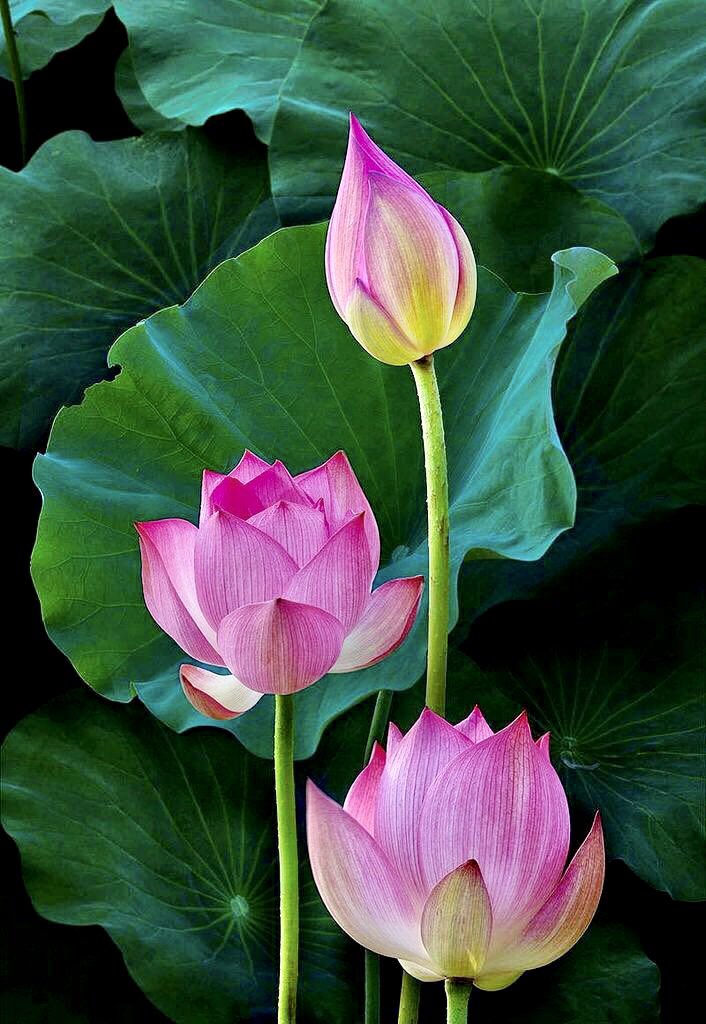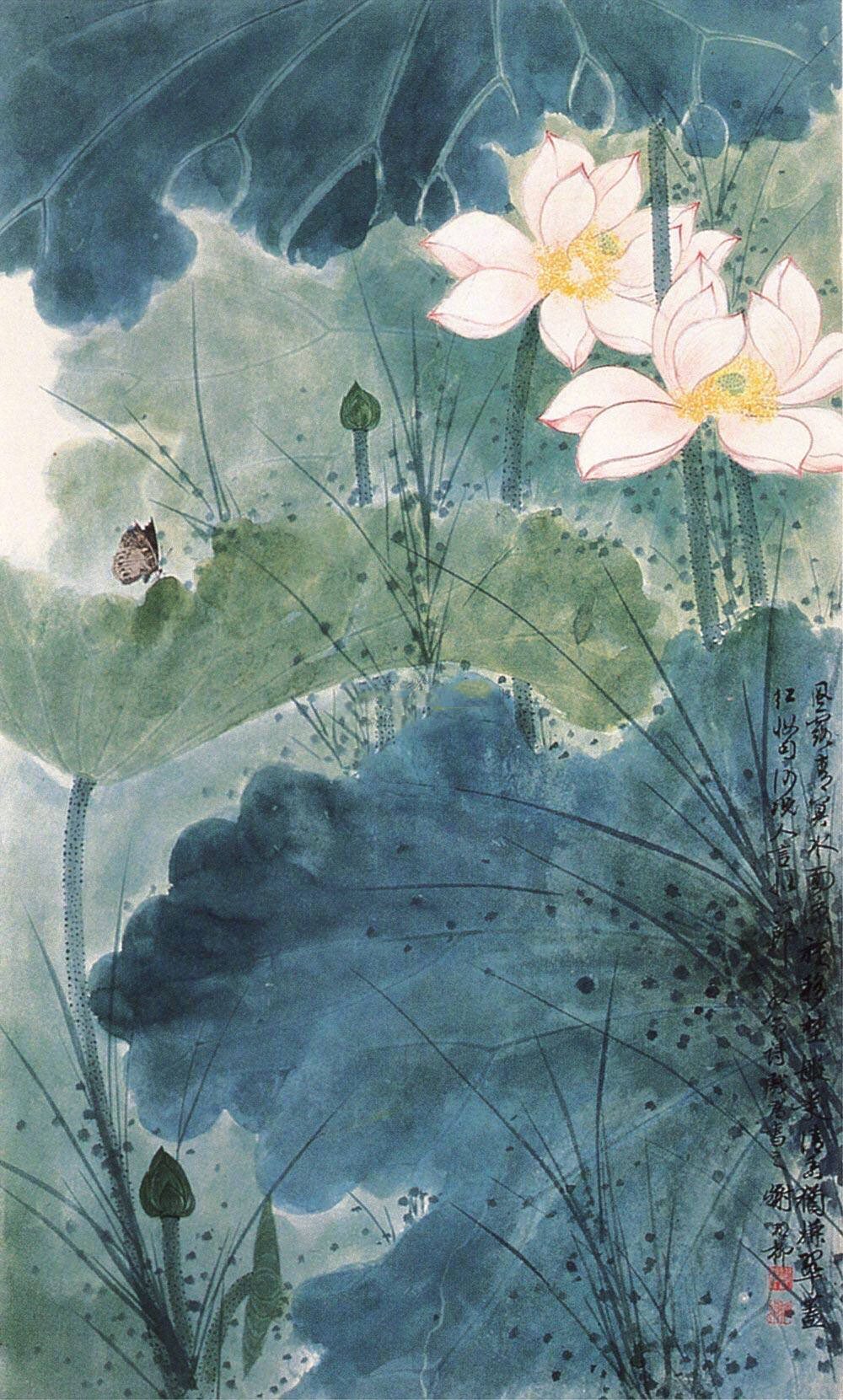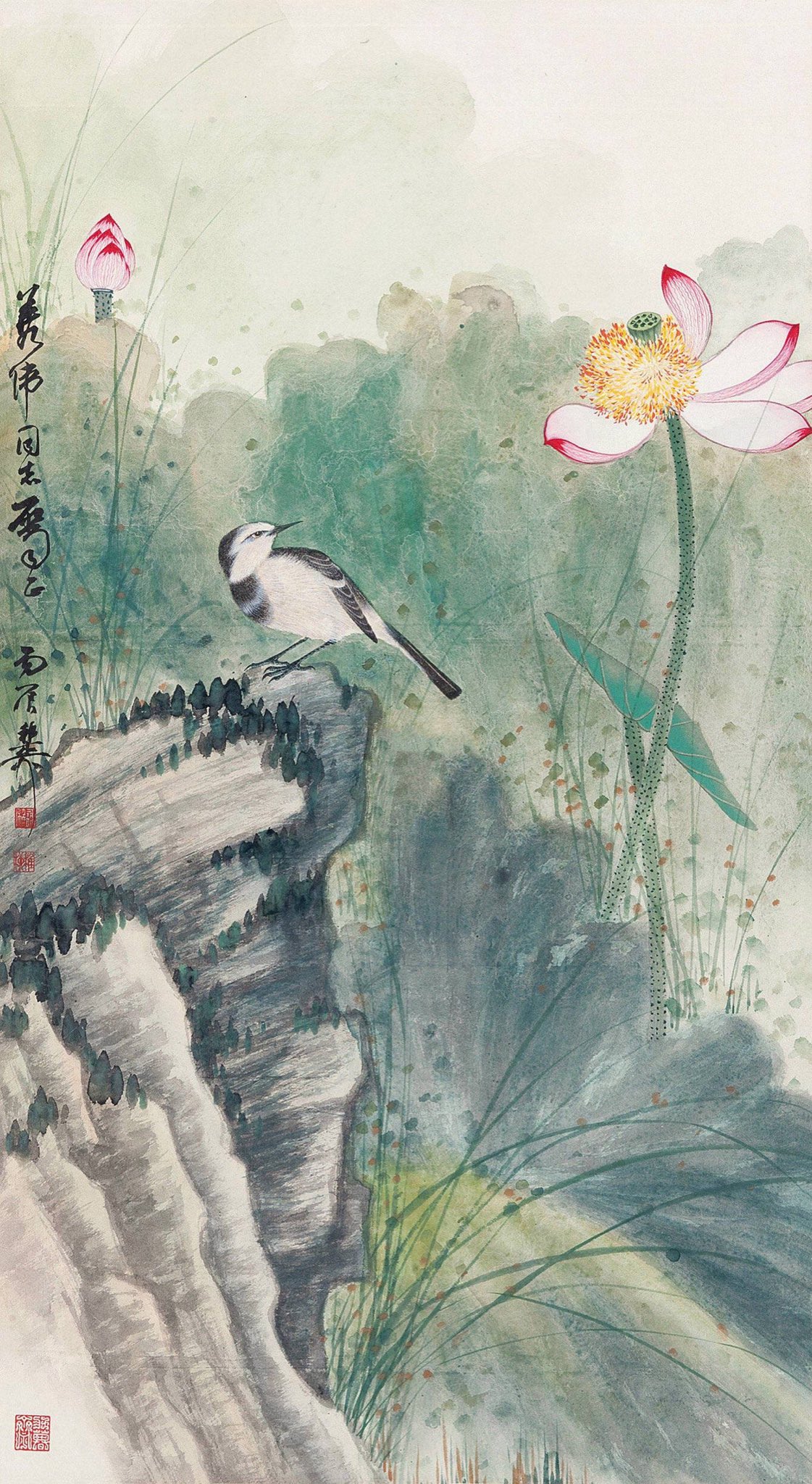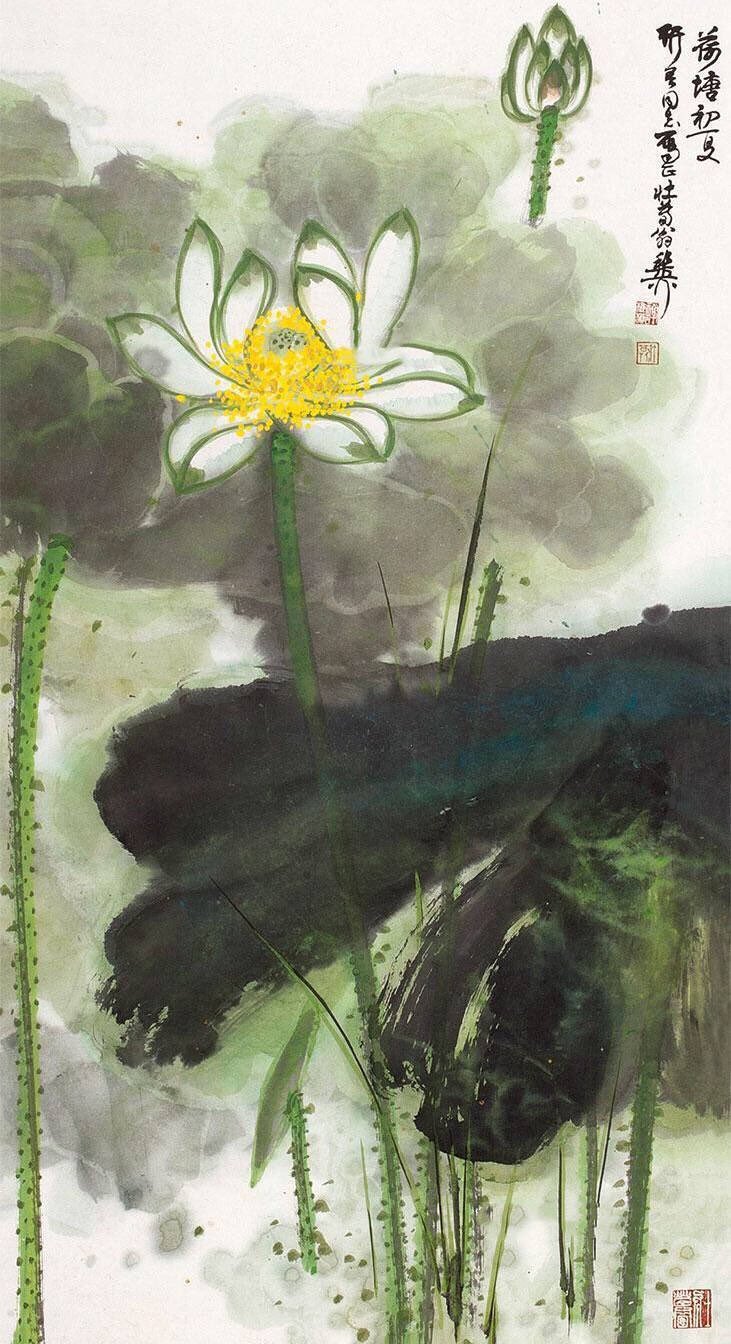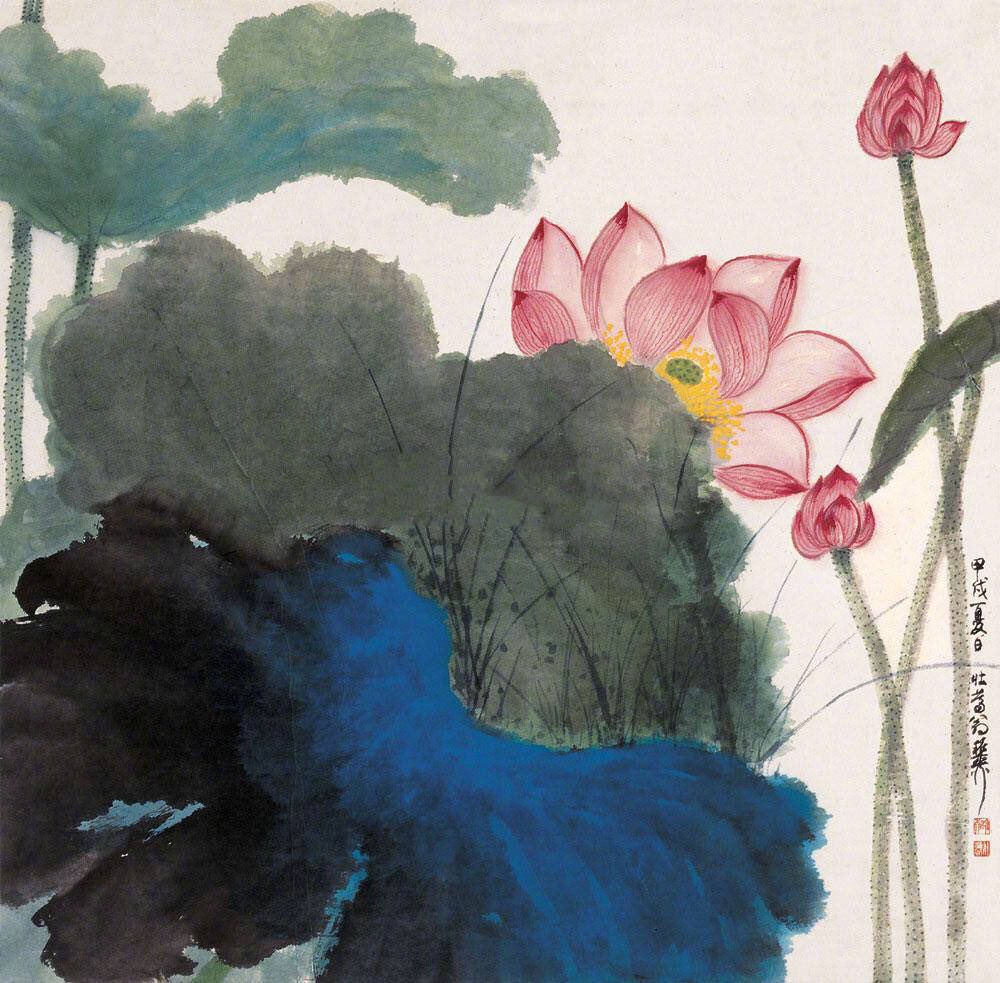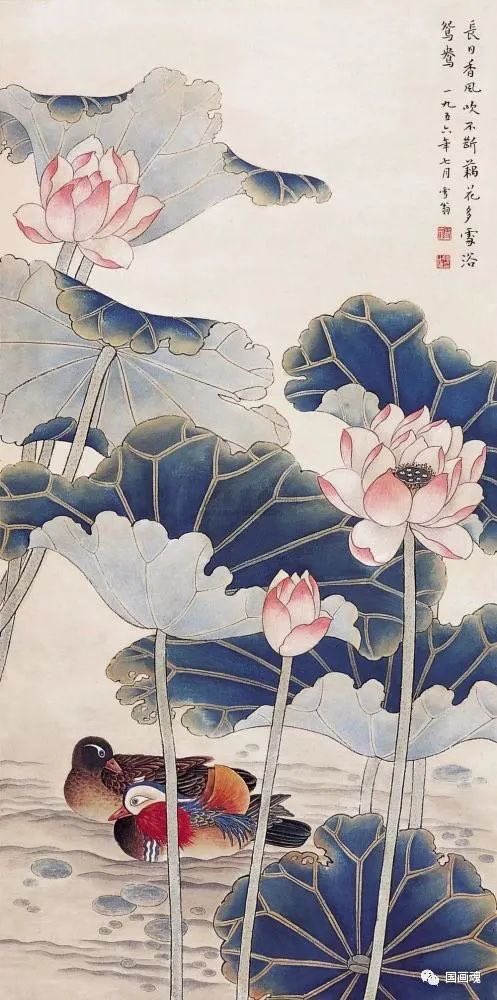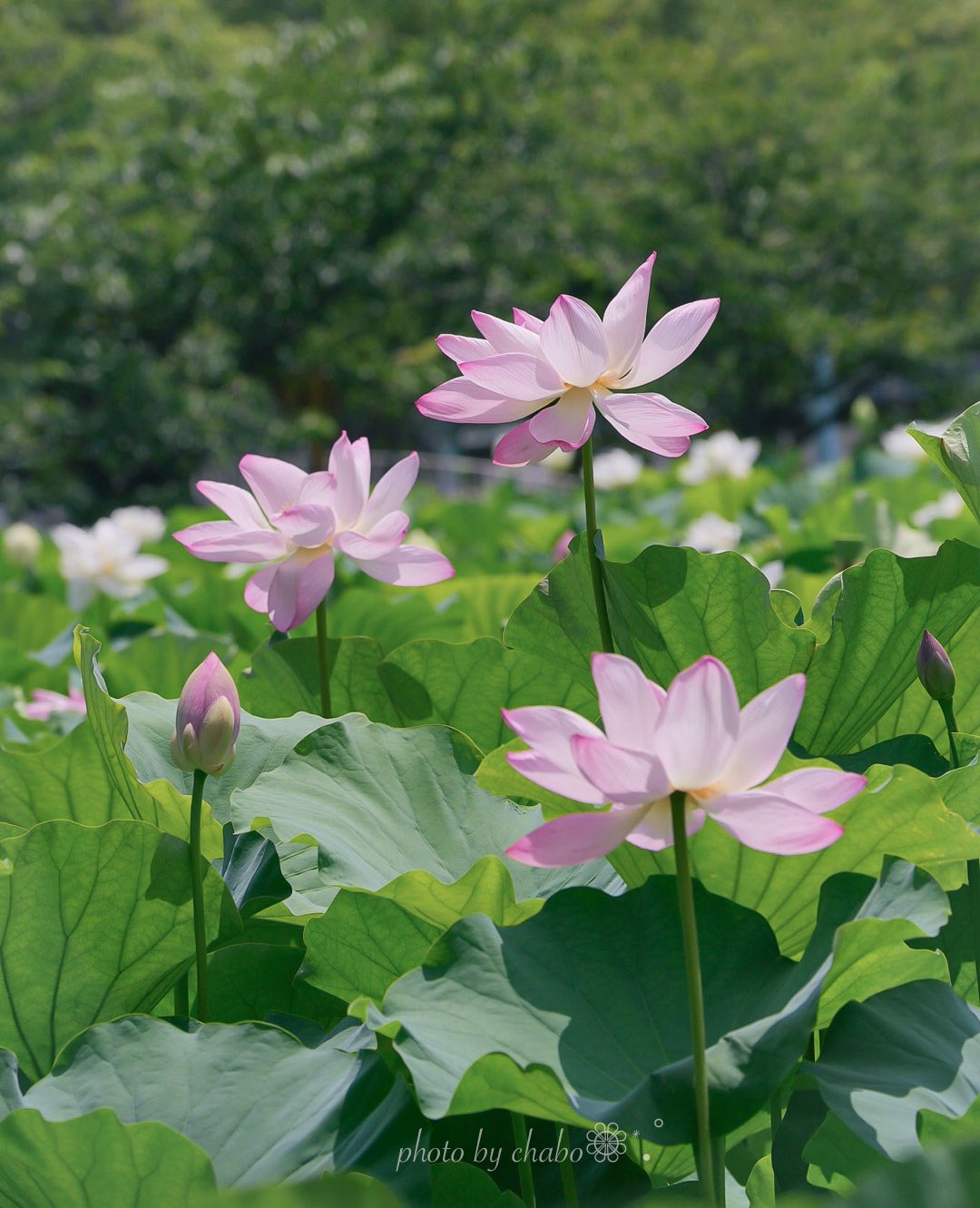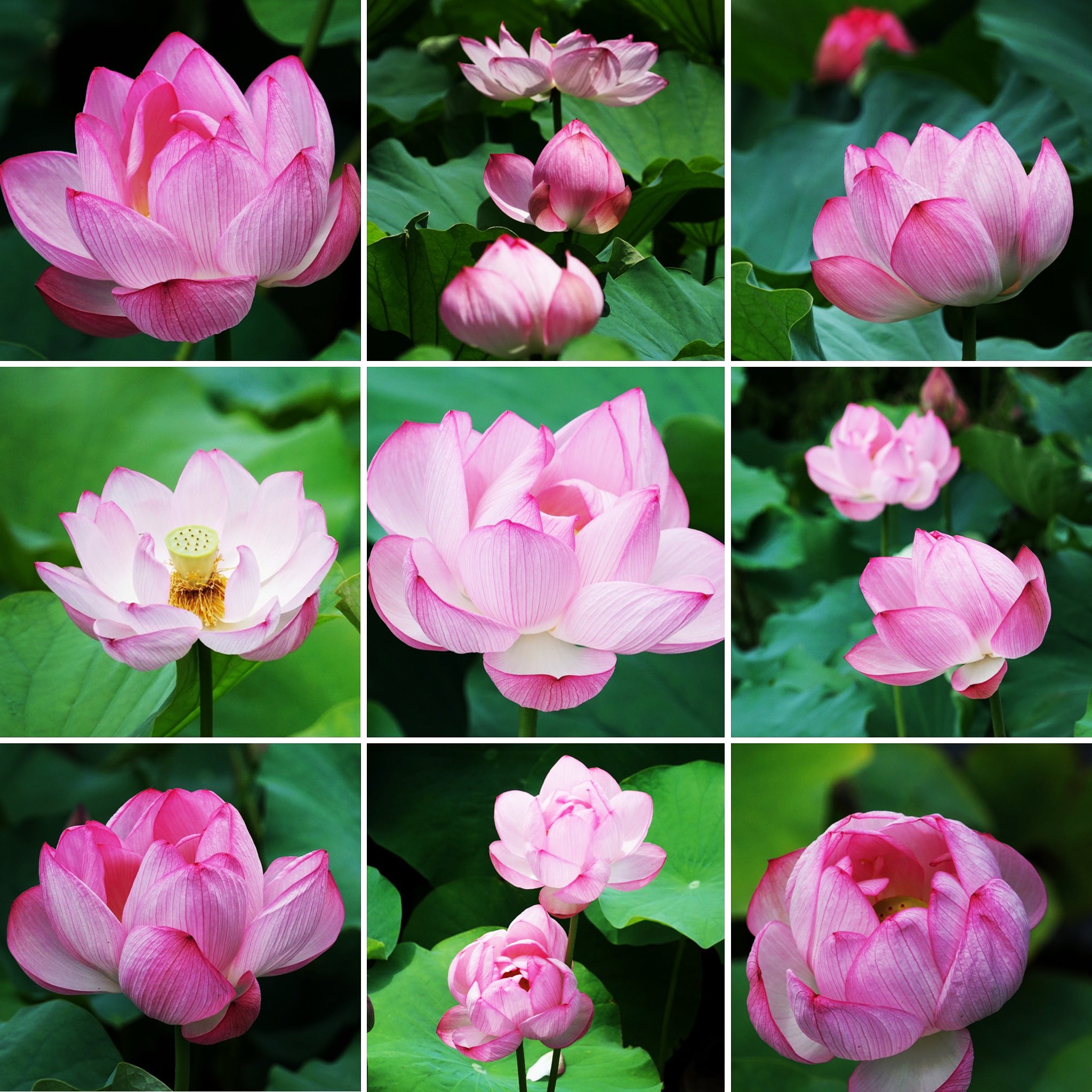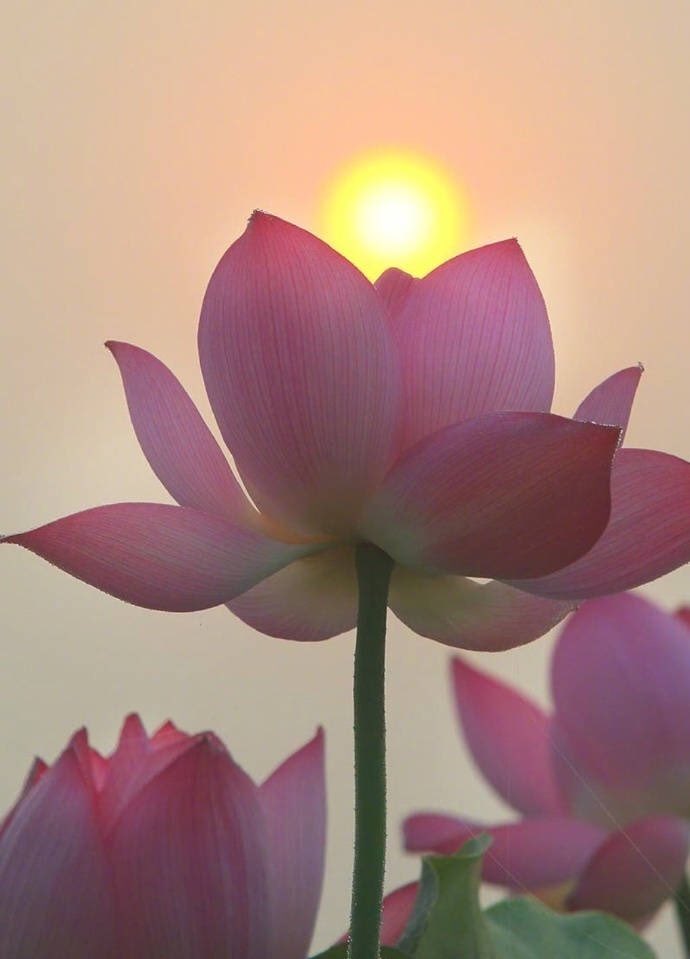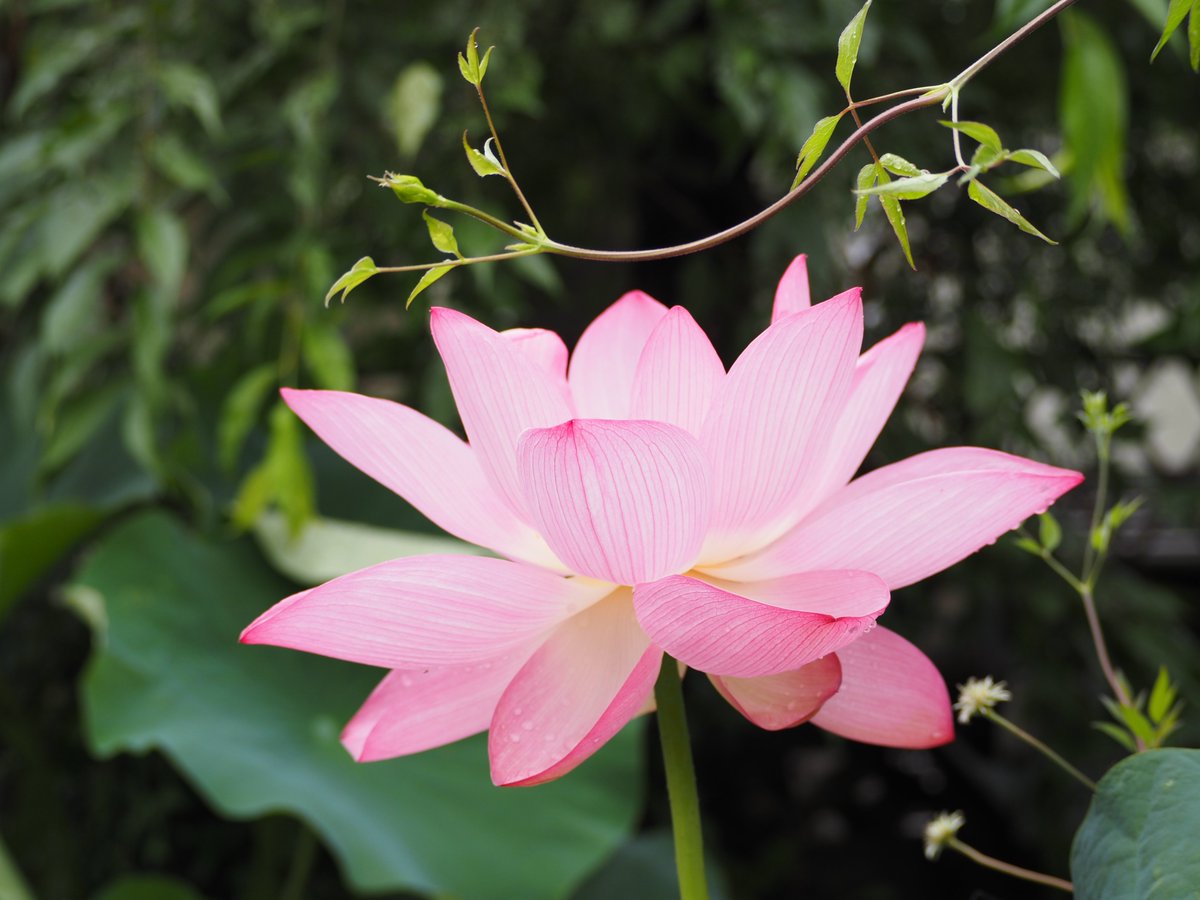The lotus flower, a beauty which emerges out of the muck and the mud, has long symbolized purity and enlightenment in Eastern cultures.
Here are ways the lotus plant was revered in Buddhism, Taoism, and ancient Egypt:
Lotus (n) a plant of the water-lily family that grows in water or mud. Because its blossoms emerge pure and beautiful out of muddy waters, Buddhists view the lotus as a symbol of human beings' true nature, which can remain unstained by the mud of the world. The lotus may also symbolize the soul that has attained enlightenment, freed from the mire of the everyday world. The many seeds of the lotus make it also a symbol of fertility. Although it was borrowed from Buddhism, the lotus appears in many Taoist religious images.
Taoism: The lotus is also highly esteemed by Taoists. Among the Eight Immortals of Taoism is Ho Hsien Ku, her symbol the open lotus blossom, signifying openness and wisdom. The lotus flower is a favorite of Taoist artists, who paint it to remind us of the miracle of beauty, light and life, and to communicate an understanding of the Tao and of our place in the world.
Ancient Egyptian: The lotus is featured prominently in Egyptian art and architecture, especially in connection with Egypt’s temples. In Egyptian mythology, the lotus was associated with the sun, because it blooms by day and closes by night. The lotus also symbolized rebirth, since one Egyptian creation myth tells of the newborn sun god rising out of a floating lotus. The blue lotus was sacred to the ancient Egyptians, who valued it not only for its rich perfume but also for its narcotic ability to produce heightened awareness and tranquillity.
Buddhism: With its roots in the mud, the lotus rises through the murky water to blossom clean and bright, symbolizing to the Buddhist purity, resurrection and the enlightened being who emerges undefiled from the chaos and illusion of the world. The eight-petalled lotus that is used in Buddhist mandalas symbolizes cosmic harmony, and the thousand-petalled lotus represents spiritual illumination.

